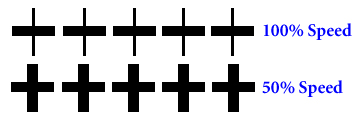This #whatmadethis campaign has been great. I’ve already got someone interested in buying a pro! An added bonus is, I have people checking out the Glowforge page with my designs. Somebody this week facebooked me and asked if they could buy my Eggo Coasters, possibly the box and all!
Since this kind of hit me as a surprise, I’ve been looking over all the great pricing advice the glow folk have been giving and trying to cobble together some form of system for myself. I think I got a pretty good system, and I agree with everyone that we should price high. Now that I’m putting it into practice, I’m getting cold feet. I would never pay these prices! I get it, I’m not everyone, and there’s people that will pay.
If it’s not too awkward, I’d like to show you what I’m going to propose and get your opinion. I understand that this might be a bit too personal, but I feel that other people might have the same kind of needs but feel it’s a bit out of place to ask as well. I don’t mind being the first I guess.
Some folks don’t like to talk about money and will feel this should be a private thing, and I understand that. I’m fully ok with it if somebody decides to take the post down. I don’t want to make this a weird space. But you guys are my glowfolk! I care what you think and could really use your advice.
This is what I came up with kind of combining everybody’s calculations of material, machine, and time cost. The main cost comes from how long it takes to make these dang things. Detailed cork engraving takes forever. I added a bit of bundling discounts because I’m still in shock at the price calculations and think it’ll turn people off. What do you think? Good/Bad? Too little/much? Discount a bad idea? And the biggest question, Why?
6”x6”x0.1875” Coaster - $30ea
Toaster - $65ea
Presentation Box (Custom message inside) - $65ea.
Buy 6 Coasters = $135 (25% off)
Buy Everything (6 Coasters, Toaster, And Box) = $220 (30% off)
Shipping for the whole kit cost $21
Thanks guys!

